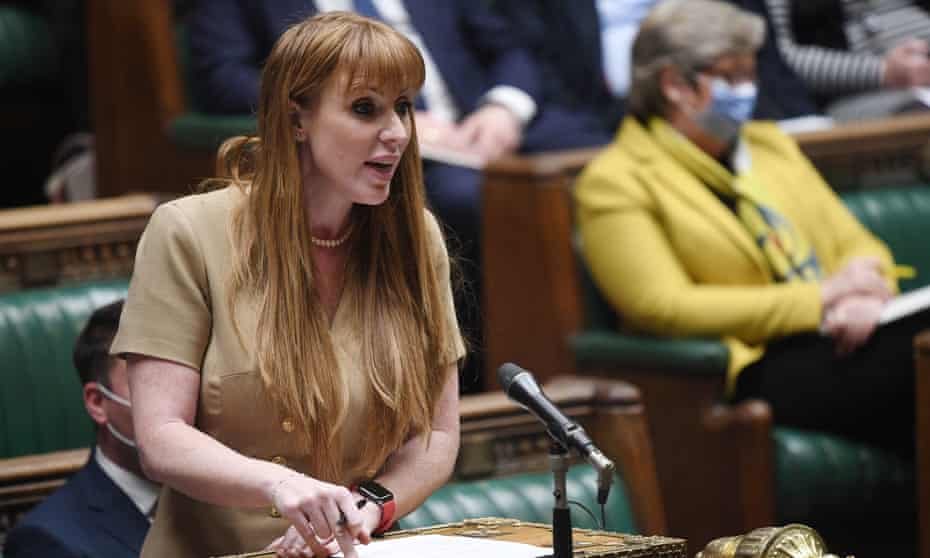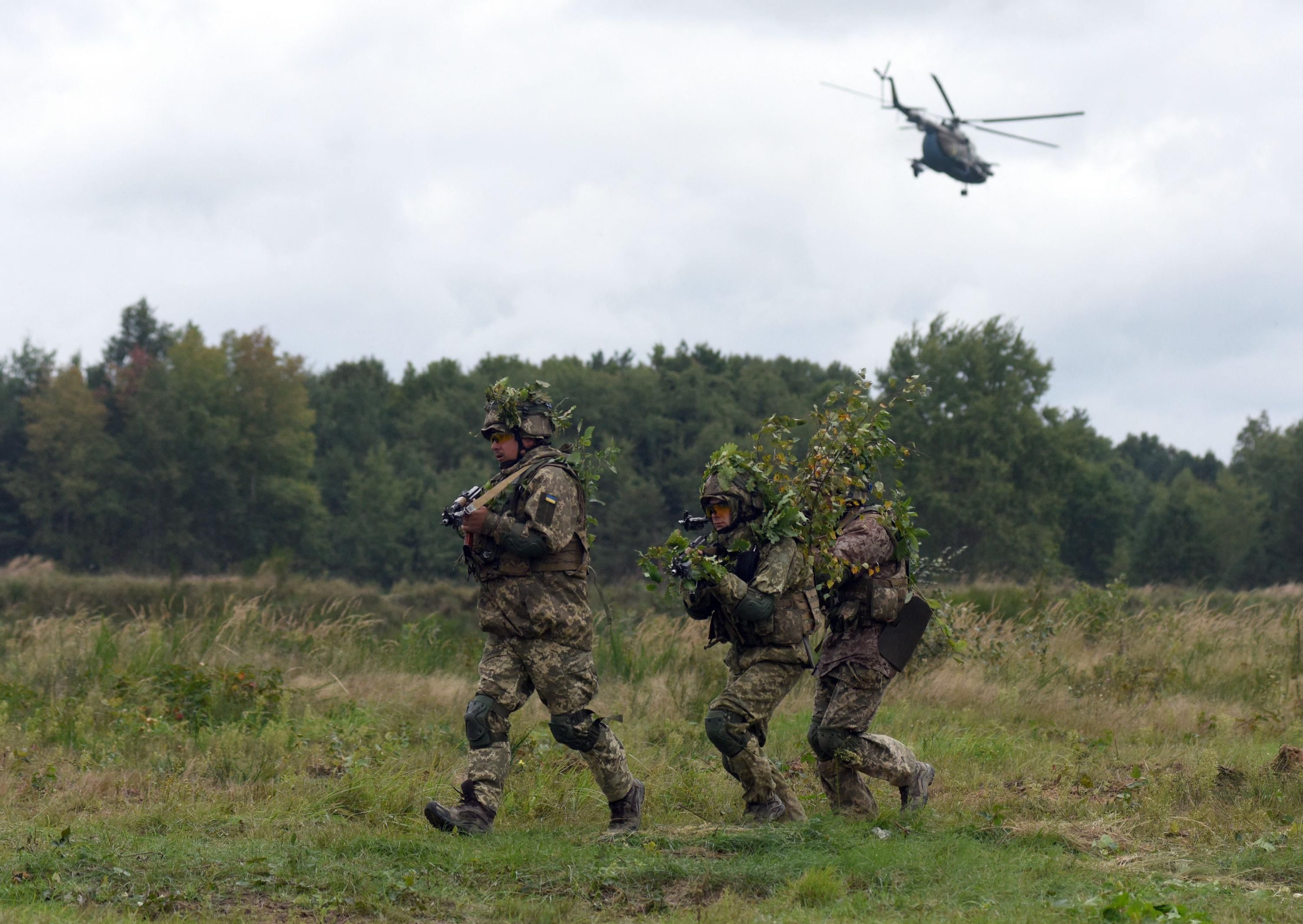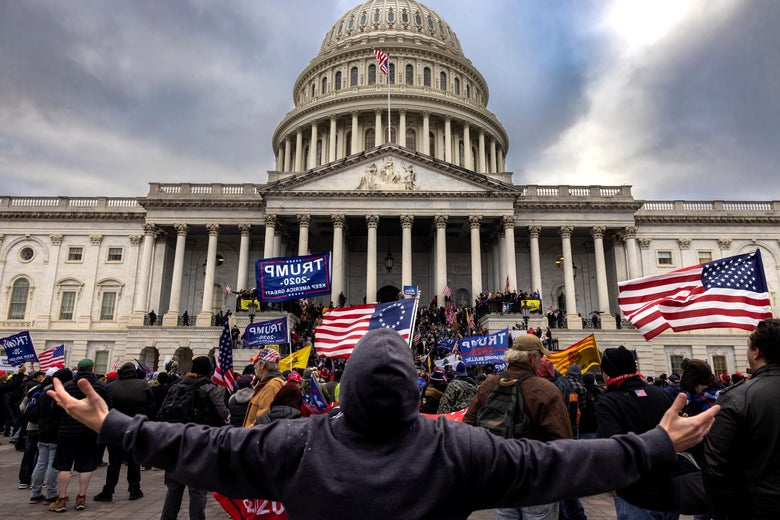
Boris Johnson again made a series of false claims during his exchanges with Labour’s Angela Rayner during Prime Minister’s Questions.
The Prime Minister rattled off the following series of false claims during the brief exchanges with Labour’s Deputy Leader in the House of Commons on Wednesday afternoon.
Inflation Fears
The Prime Minister categorically denied having said back in October that inflation fears in the UK were “unfounded”, telling Angela Rayner that “I said no such thing”.
However, Johnson did say exactly this back in October, telling Sky News that “people have been worrying about inflation for a long time and those fears have been unfounded”.
You can watch the video of him saying this here. He later declined a request by Angela Rayner to correct the record.
Labour Plans to Rejoin the EU
Johnson also claimed that Labour has committed to take the UK “back into the EU”.
However, far from announcing such a plan, Labour Leader Keir Starmer has repeatedly ruled this out, saying that there is “no case” for rejoining the EU and that there will be “no rejoining” of the EU under Labour.
Labour’s Plan to Nationalise the Energy Sector
In response to questions about spiralling energy costs, the Prime Minister claimed that the Labour Party plans to nationalise the energy sector.
While Starmer did promise “common ownership” of the sector during his campaign to become Labour leader, he has since abandoned this idea and has ruled out nationalisation of energy firms in the UK.
Inequality Is Down
The Prime Minister also claimed that income inequality in the UK is down, saying that “if you look at this… inequality, economic inequality, is down in this country. Income inequality is down, Mr. Speaker, and poverty is down”.
In fact, income inequality has “steadily increased” in the UK, according to the most recent analysis by the Office for National Statistics.
The proportion of children in relative poverty has also increased, according to House of Commons Library analysis.
At the first PMQs of the year, faced with tough questioning by Labour’s deputy leader, the prime minister threw truth to the winds

Wed 5 Jan 2022
It’s an ill wind and all that. With Keir Starmer testing positive for Covid for the second time in a matter of months, it was the deputy leader, Angela Rayner, who got to take on Boris Johnson at the first prime minister’s questions of the new year. Which was just the news that Johnson didn’t want to hear, because Rayner is his worst nightmare.
First off, she’s a woman and Boris has a major problem relating to women without mansplaining. More importantly, though, she’s a working-class woman who is very comfortable speaking her mind. Where Starmer may back off and err on the side of caution and politesse, Rayner is never happier than when going toe to toe. Especially when she’s up against someone who is struggling in the polls and whom she doesn’t much respect.
Rayner began with a flick at the ongoing investigation into parties at No 10 – it never hurts to remind your opponent of nasties coming down the road – before homing in on the here and now. In October he had said that fears of inflation were unfounded. Given that inflation was now running at 6%, how had he managed to get it all so wrong?
“Um, er,” said Johnson. For a moment – the trademark hesitations and incoherence aside – it looked as though Johnson might actually try to answer the question directly. He even began a half-formed sentence to that end. Then half way through he gave up and decided to do what he always does. When under pressure or not. He started lying. How could he have forgotten to do something so natural to him? Maybe it was the Rayner effect. “I said no such thing,” he continued. It was a pure invention that just happened to have been captured in an interview he had given to Sky.
From that point on, Johnson was pretty much lost, careering from one car crash to the next. In between wittering on about cold weather payments and the warm home discount – he claimed it was worth £140 a week: it isn’t, it’s £140 a year, though this was probably less a lie and more total ignorance – he just bounced from one lie to the next causing ever greater self-harm.
First he tried to claim that the country would be in lockdown if Labour had got its way. Where he got this idea from is anyone’s guess. Most likely it was his own wish fulfilment; what he would have liked to do had he not been too weak to face down the rightwing libertarians in the Tory party. All Labour had ever done was back plan B and said it would be guided by the scientific data.
Then he smashed into the next lie. Labour was committed to nationalising the gas industry. It isn’t: Starmer has specifically ruled that out. Then, when Rayner wondered why the government was so keen to rule out cutting VAT on fuel bills – something Johnson had promised as a Brexit dividend – Boris exploded into faux outrage. How dare people who had voted to stay in the EU demand that he keep his promises? He was fully entitled to break as many as he liked to remainers. And, in any case, Labour wanted to rejoin the EU. Pure fantasy. Even the Lib Dems have given up on that one.
When Starmer is faced with so many lies in a matter of minutes, he tends to have a mini-meltdown himself. As if the idea of a prime minister being unable to tell the truth does not compute with his version of reality. And you can sort of see his point. It’s a sign of how low we’ve sunk into the shit that we’ve grown used to the idea of Johnson as a serial liar. We don’t expect anything else from him. But where Keir, frets, Rayner runs with it. Sensing Boris was badly losing the plot – if you can lose something you never really had – she paused to ask if he was feeling OK?
And he really wasn’t. He was having one of his worst days. He knew that all of his lies would unravel long before the end of PMQs but was unable to prevent himself from telling them. He was so busted. So exposed. He knew it and his own benches knew it.
Some Tories tried to offer some encouragement – their jobs are hanging by the same thread as Boris’s and, like it or not, they are symbiotically entwined with him – but it was all a bit half-hearted. Not least because all the red wall MPs care about their constituents’ cost of living. The session ended with Edward Leigh moaning about foreigners. Boris couldn’t bring himself to tell him Vote Leave had promised Indians they could come to the UK post Brexit.
Things didn’t much improve for Johnson when he came to give the Covid statement right after PMQs. There again, it’s never the easiest lie to spin that you’ve made all the right calls for the right reasons, when everyone knows that you only did what your party would allow. Or more specifically what the Coronavirus Recovery Group would allow. Donkeys led by yet more donkeys.
Rayner pointed out some of the more obvious dangers of hospitals being overwhelmed, operations cancelled and people with heart attacks expected to take a bus to A&E but it was the SNP’s Ian Blackford who got to the heart of the matter. Riding out the pandemic had consequences. More people would die. Which probably wouldn’t affect Boris or many Tory MPs that much, but would certainly be one hell of a bummer for those who died. And for their friends and families. So maybe now was the time for a bit more caution. A bit of humility.
Only Johnson doesn’t do caution or humility. He just ducks and dives, doing what he needs to do to get through to the end of the day more or less intact. The consequences left to pile up for tomorrow. Steve Baker and Mark Harper, two hardline members of the CRG, invited Boris to end all restrictions now. In their world, it is their bravery in standing up to Omicron that had forced it into being weaker than Delta. Had the government imposed another lockdown, Omicron would have been inspired to be a much stronger variant. Or something. Whatever drugs they are on, count me out.
Boris hummed and hahed, before saying the plan B restrictions ended in three weeks anyway and he would see how things had panned out by then. Hopefully all those who were going die would hurry up and get their dying in during the next weeks so he would then be able to wing it again. It’s come to something that surviving this episode of the pandemic will come down to luck rather than scientific judgement. Then Boris will be Boris.










